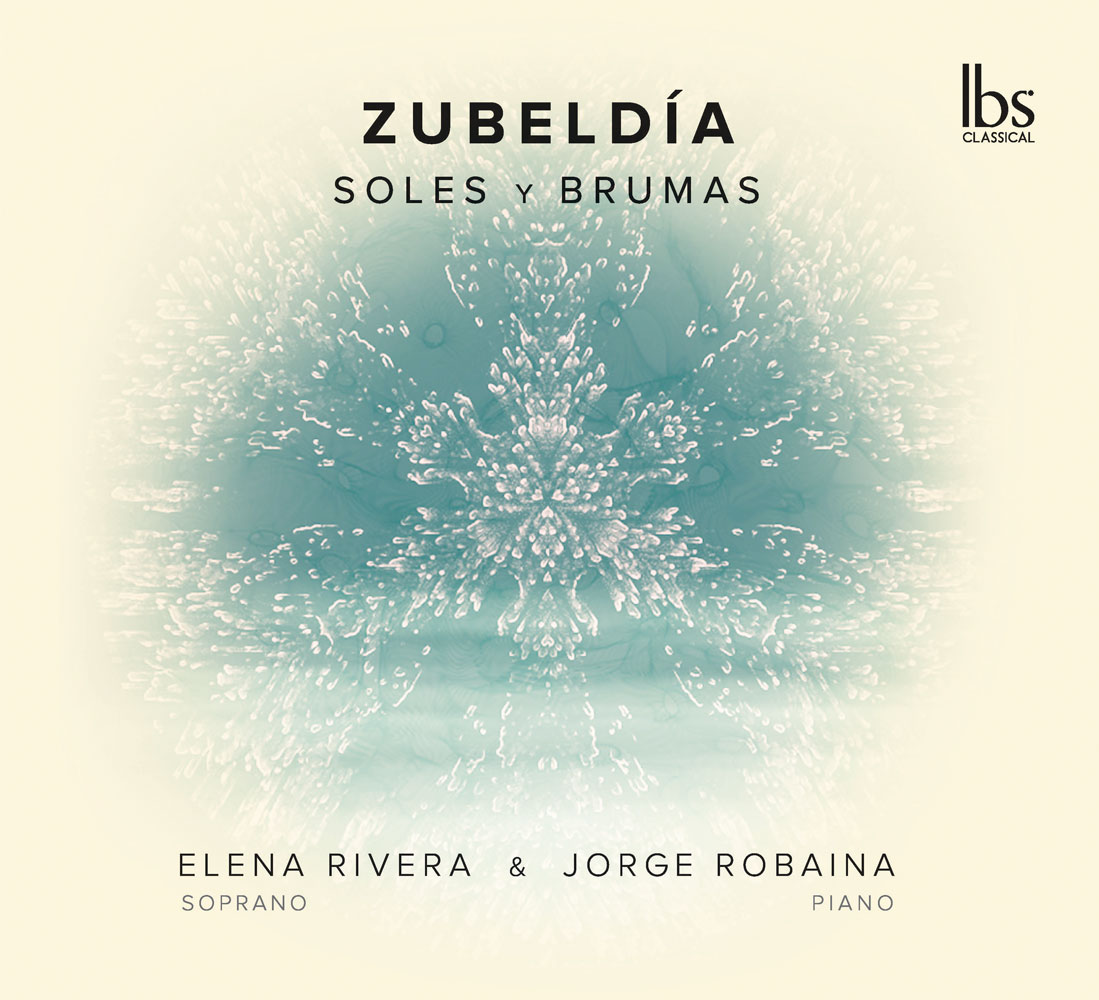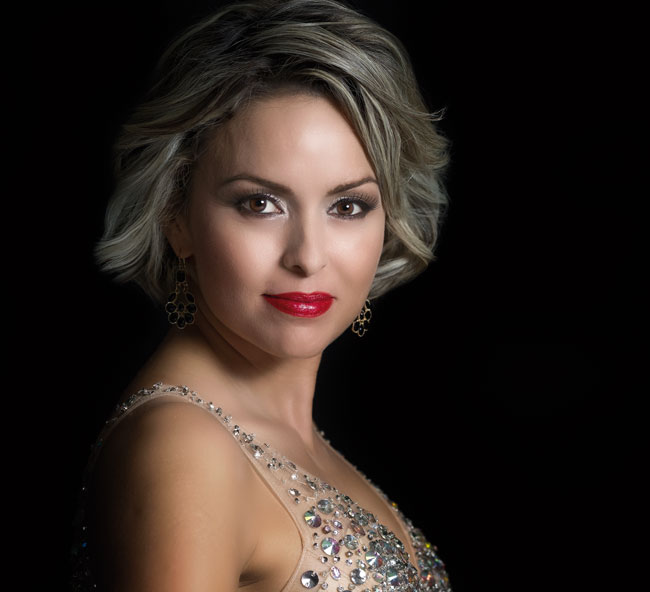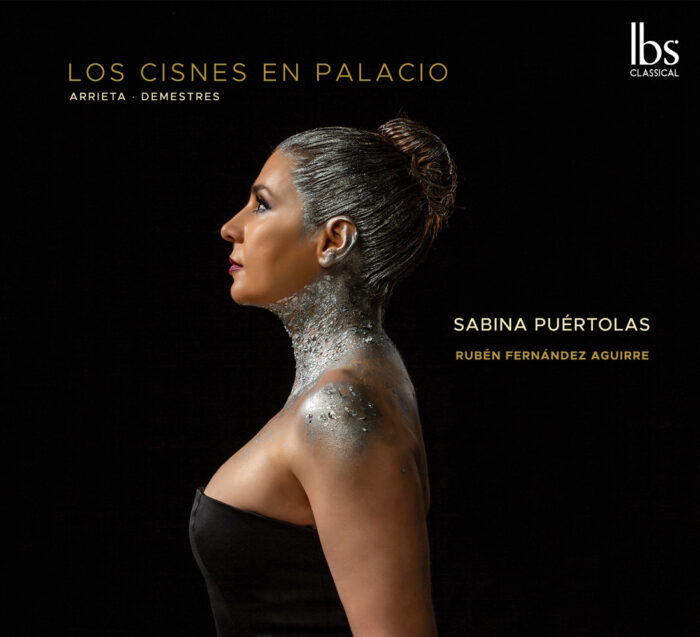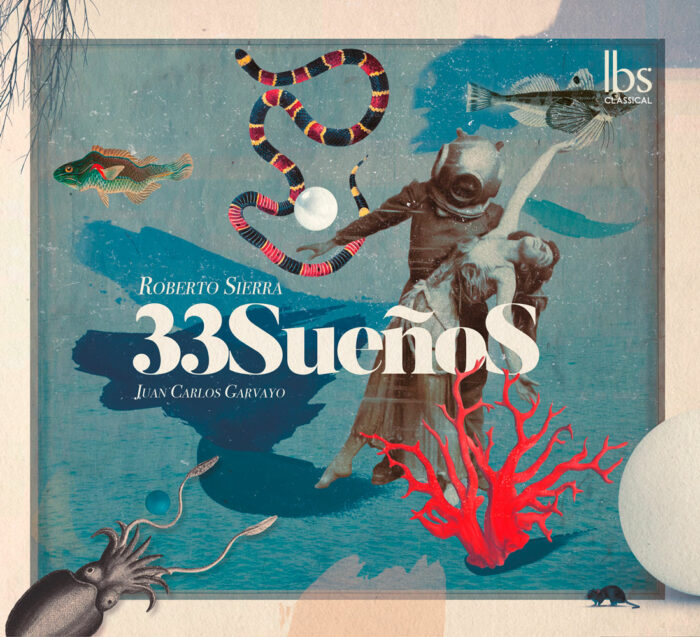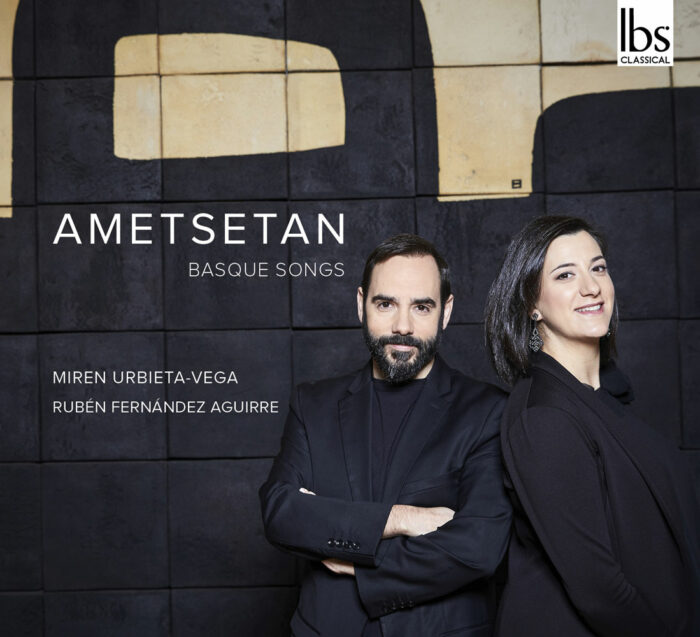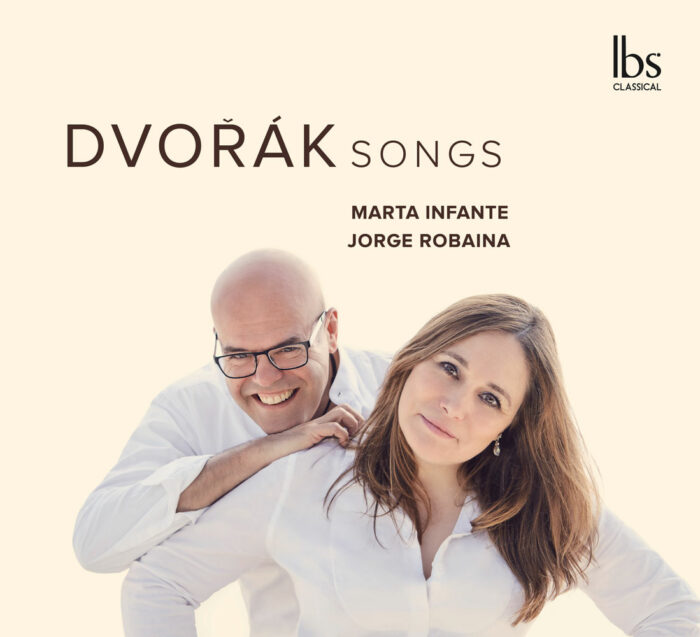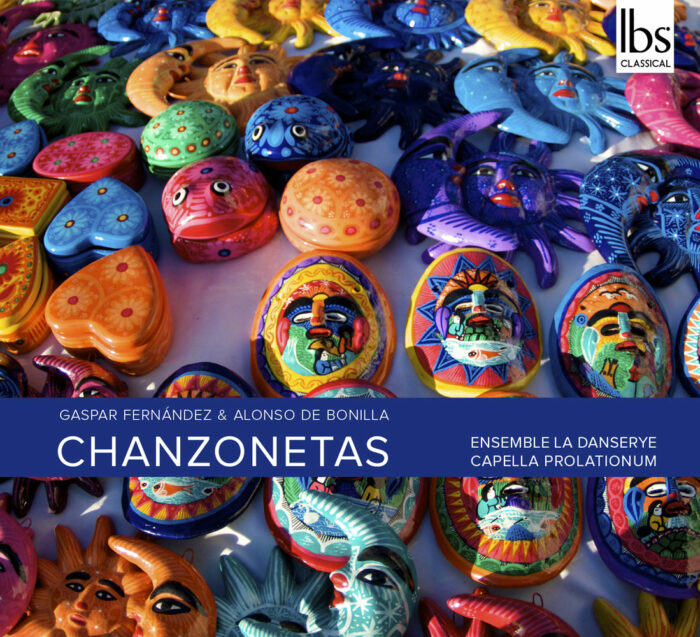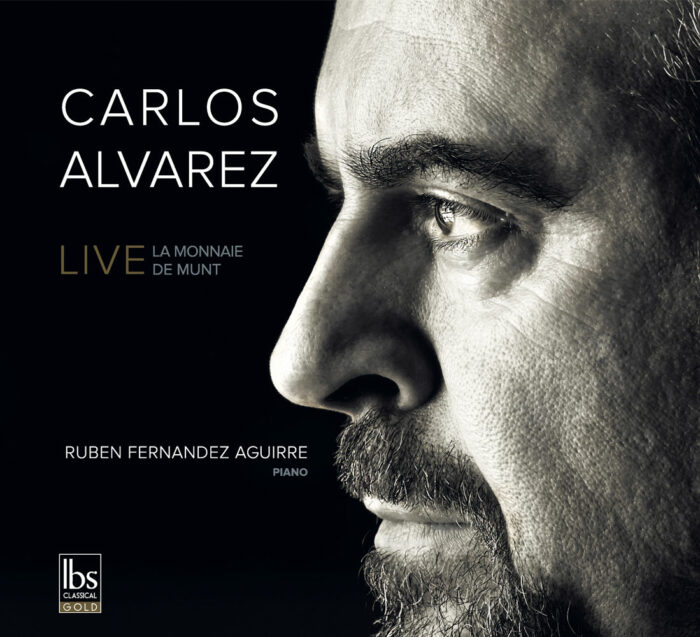Emiliana Zubeldía
14,95€
Elena Rivera
Jorge Robaina
Emiliana de Zubeldia was born in Salinas de Oro, in Navarra, Spain, to a quite religious middle class family (two of her brothers were priests), who suddenly saw music as her path. After studying in Pamplona and taking examinations at the Madrid Royal Conservatory, she travels to Paris in 1904 to enroll at the Schola Cantorum as a student of Vincent D’Indy, Désiré Pâque and Blanche Selva (the pianist who debuted Albeniz’s Iberia), with the intention of fully dedicating herself to research and composing. In 1920, she earned a post as a piano professor at the Pamplona Municipal Academy of Music. Running away from a soured marriage, she returns to Paris, to develop an intense international career as a piano soloist (Belgium, Switzerland, England, Italy), as she begins to strengthen her work as a composer, performing her own works.
14,95€
EMILIANA ZUBELDÍA
In 1928, she travels to South America: Brazil, Uruguay and Argentina, where she is received by the Basque communities in those countries. Upon entering the cultural elite, she gets acquainted with Juana de Ibarbourou, Alfonso Reyes and other Latin American cultural personalities. In 1930, she arrives in New York. During her stay, Radio City Music Hall is inaugurated and she performed in its stage with Andres Segovia and Nicanor Zabaleta, for whom she composes and dedicates some of her works. From New York, she travels to tour Cuba, Puerto Rico and Mexico. She met Mexican researcher and musician Augusto Novaro, who arrives to the Big Apple in the same time period to present his recently created System of Natural Music, where he defends the practical possibilities of the fundamental harmonic scales and its application to all musical temperaments. Emiliana is dazzled by these principles and dedicates herself to their study, to later integrate them into her compositions. Novaro returns to Mexico a couple of years later, and Emiliana de Zubeldia follows him in 1937 to become the sole composer reflecting Novaro’s theories in all kinds of musical works. In Mexico City, she met Rodolfo Halffter, Silvestre Revueltas and Adolfo Salazar, Sophie Cheiner and many other musicians and musicologists, both Mexican and refugees from the Spanish Civil War and World War II. In 1939, a car accident affected her right arm, prompting her career to take a new turn, dedicating herself to teaching and composing. Decided to stay in Mexico (she became a permanent resident in 1942), she began the second act of the long life. In 1947 she relocates to Hermosillo, Sonora, invited by the recently founded University of Sonora, to lead musical education efforts, up until her death in 1987. She arrived to a barren landscape, entirely removed from the cultural enclaves she inhabited. Upon her arrival, she began organizing concerts, inviting well-known musicians and promoting scholarships for her better students. She became the main cultural promoter of the city, while remaining an Avant Garde composer: in 1956, her Elegiac Symphony, based on Novaro’s principles, receives the National Composition Award. In Hermosillo, she erases all traces of the previous life: she lies about her age, taking up to 25 years from the real age; she lied about her marital status –she will always be Miss Zubeldia about her birthplace… She basically reinvents herself. Adding to her life’s mystery, in 1960 she returned to Pamplona incognito to visit Nestor, her brother, who was terminally ill. No one knew of this visit, to prevent Joaquin Fuentes Pascal, still her husband, from finding out. During the almost 40 years that she spent in Hermosillo, she lived in a hotel room, without a home. She continued teaching, accumulating all kinds of accolades up until a few months before she passed away at 99 years old. Regarding her music, she composed for all types of formations. Some of the works showcase impressionist echoes and reflect the Paris vanguard of the twenties. Some are more traditional compositions, with contemporary elements, polytonality and dissonances. And another ones are written under Novaro’s musical theories. Zubeldia’s music is known for its minimal use of resources to achieve a wider expressive and aesthetic effectiveness. Still, her complete works are waiting for a more systematic study, since most of it remains unpublished and archived with restricted access at the University of Sonora.
ZUBELDIA Songs
The songs in this production include a set of Six Spanish Popular Songs: Berceuse, Guajira, Zortziko, Coplas gitanas, Jota y La gitanilla, all composed in Paris during the 20’s and published in 1927 by Max Eschig. All this songs, and an Asturiana published by La Revue Musicale in October 1926 were debuted by the author and Spanish soprano Pepita Sanz in Paris, in 1927. Another set of ten Spanish songs comes from a collection of popular songs and dances, compiled by Matilde de la Torre Gutierrez from across the different regions in Spain, which she brought with herself during her exile in Mexico after the Spanish Civil War. From this collection, Zubeldia chose the songs Alegre y contenta, El clave, Noche Clara, Cuando más hondo, Ojos que te vieron ir, la vi llorando, Asomada a tu puerta, Tengo cuatro pañuelucos, Villancico y Escena de “La maya”, harmonizing them for piano and vocals. In 1946, Renée Bauxou de Schweinfurth published them in a book added to a musicology essay written by Matilde de la Torre, under the title Spanish suns and mists. The remaining songs were composed in the Americas since 1928 and across three decades, to create a song collection inspired by American poets, who the composer respected and admired. Four of these songs include poems from Ana Mairena: El primer día, ¿Ay, que no soy!, Perdí mi canica and Que soy blanca rosa, which were composed accordingly to the harmonizing principles of the new Natural System of Music, created by Augusto Novaro and published by Ricordi Americana in 1963. Leticia T. Varela Ruiz
